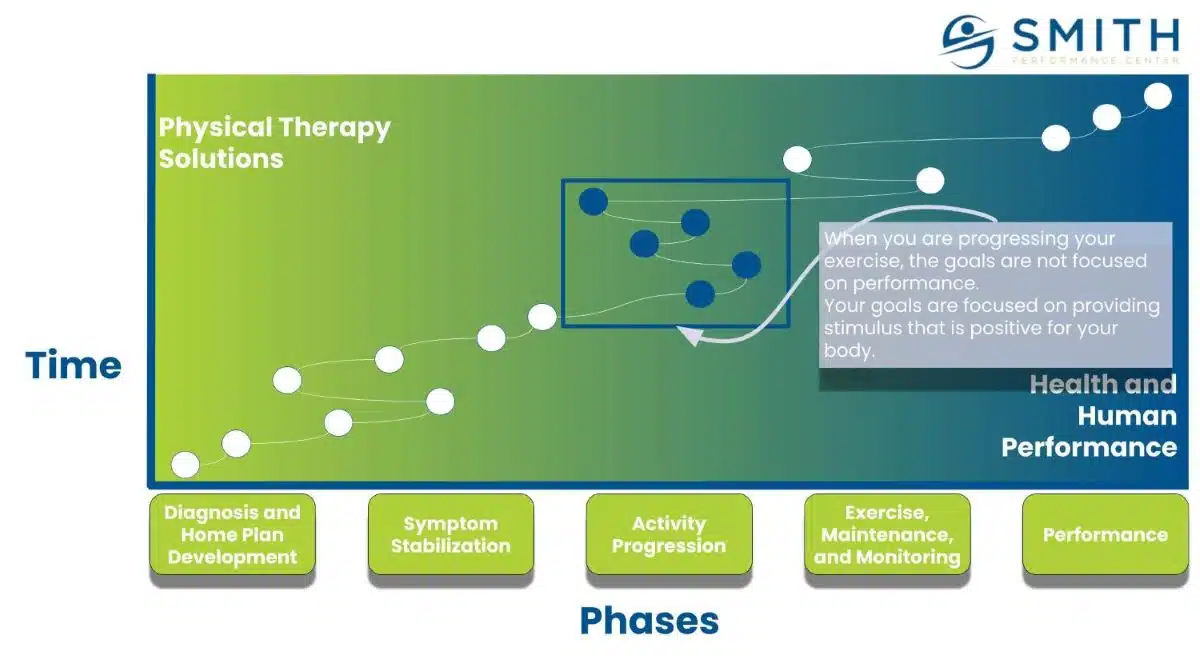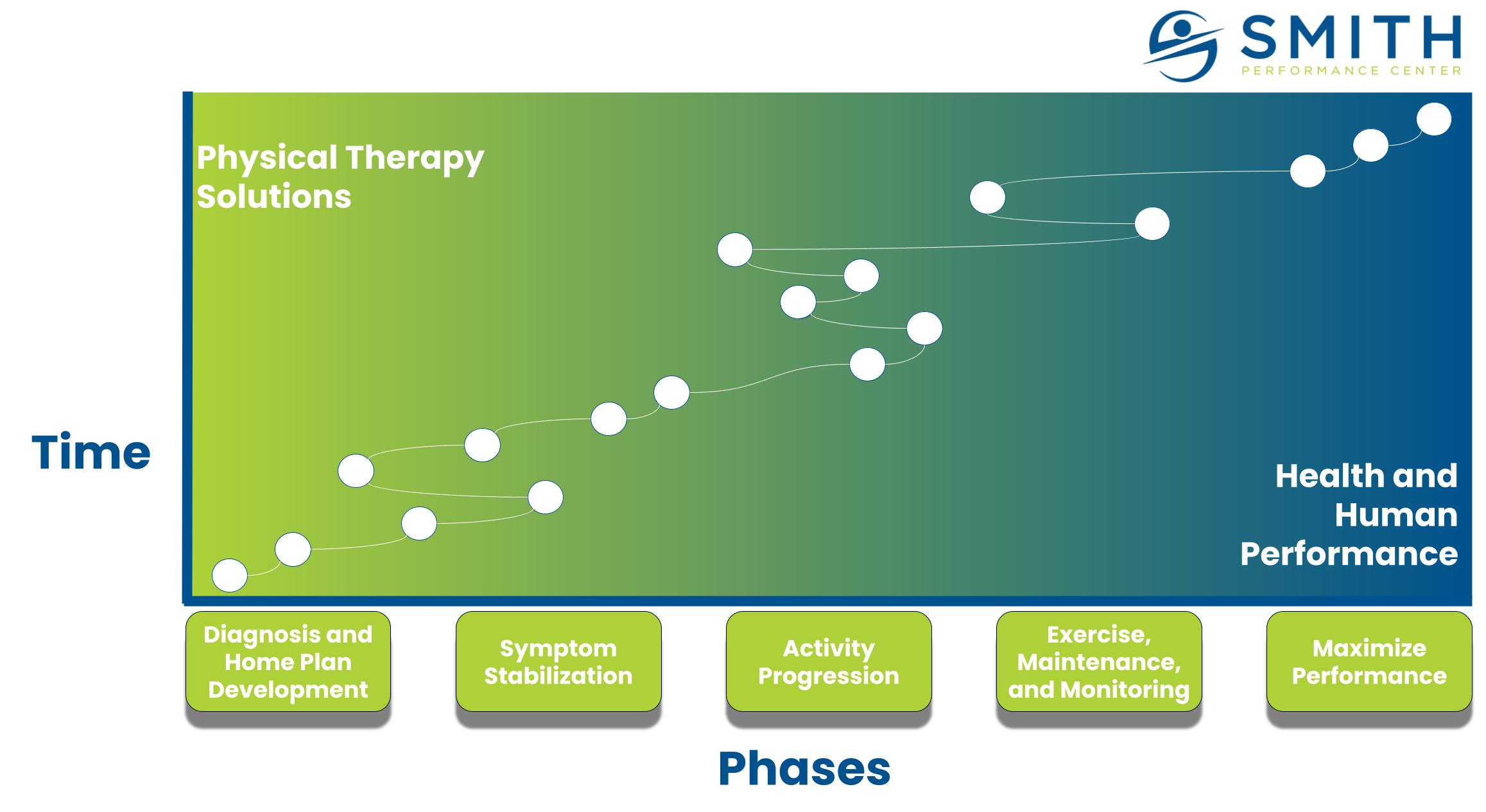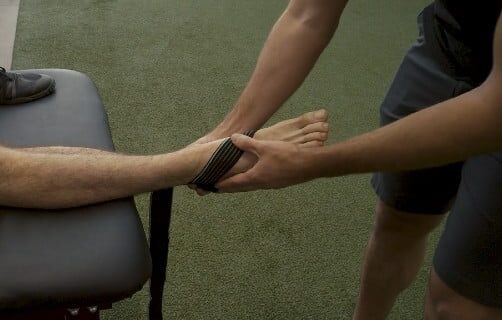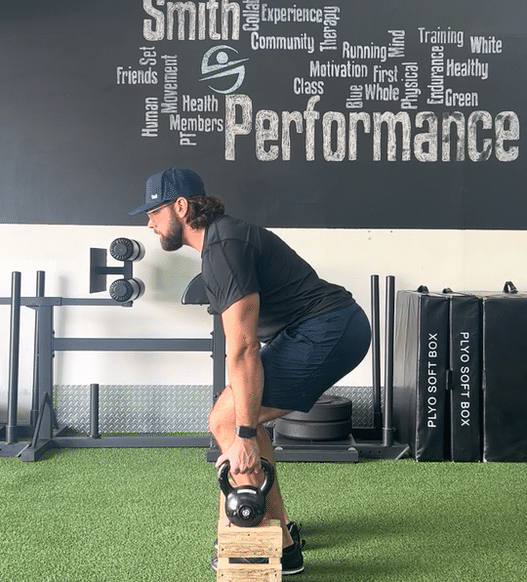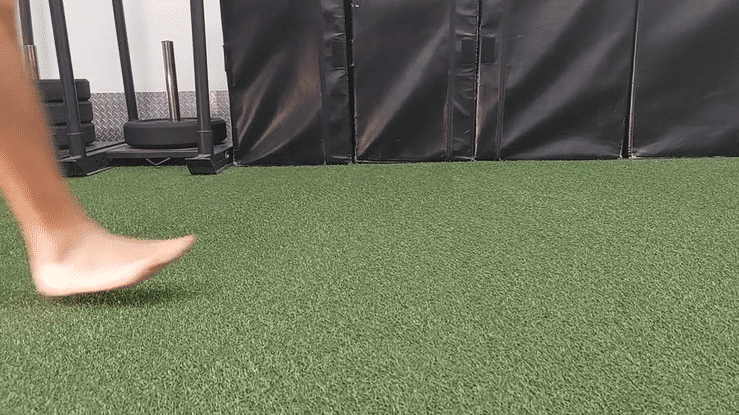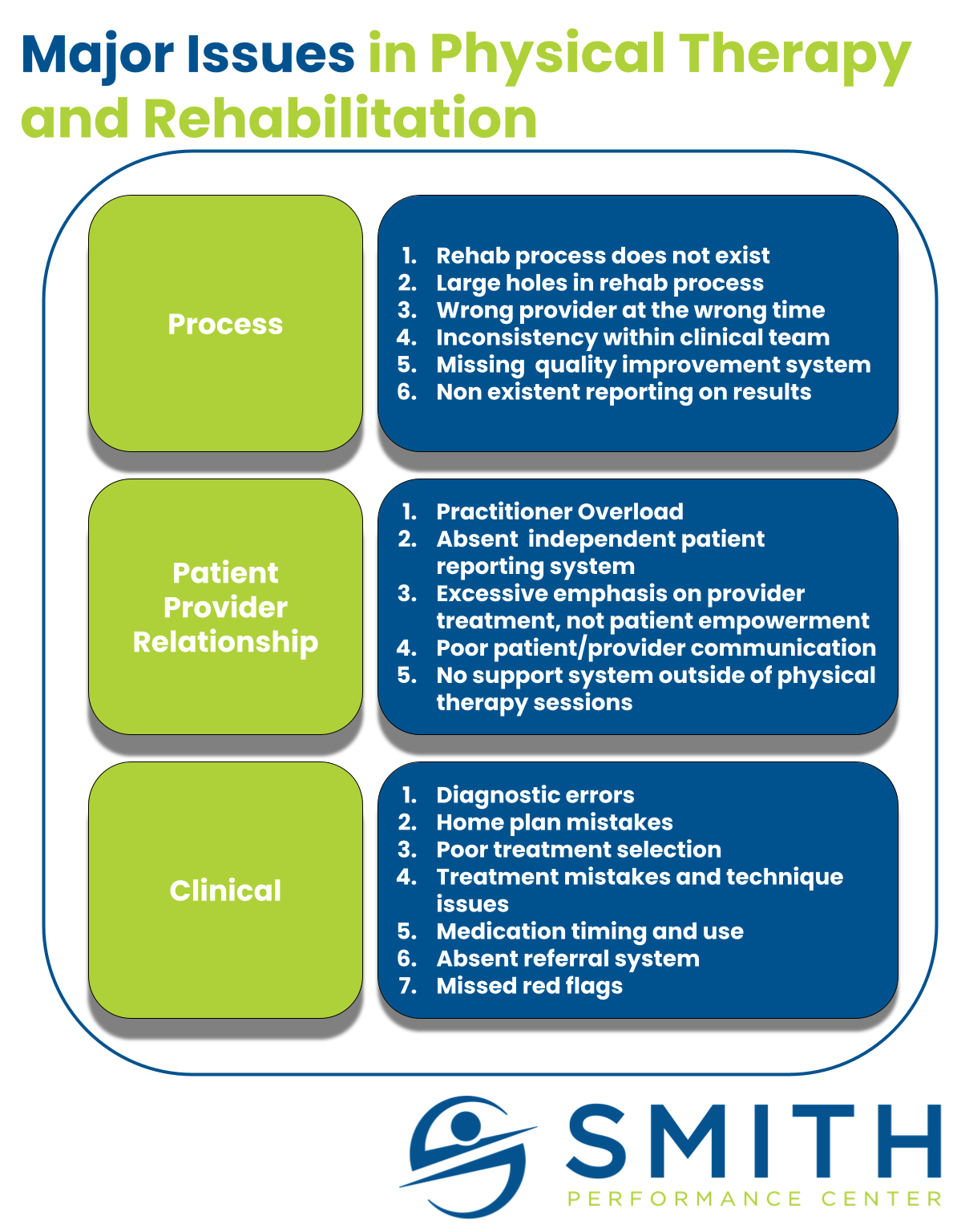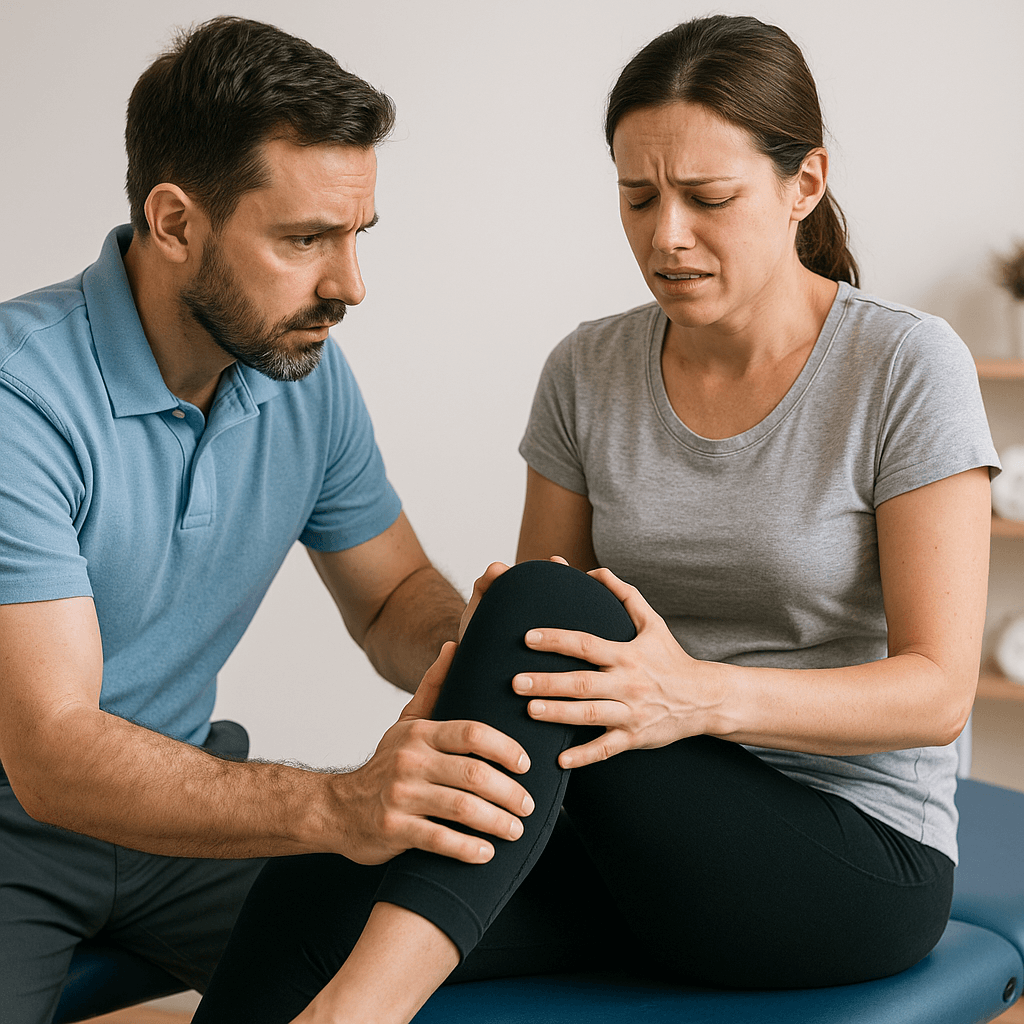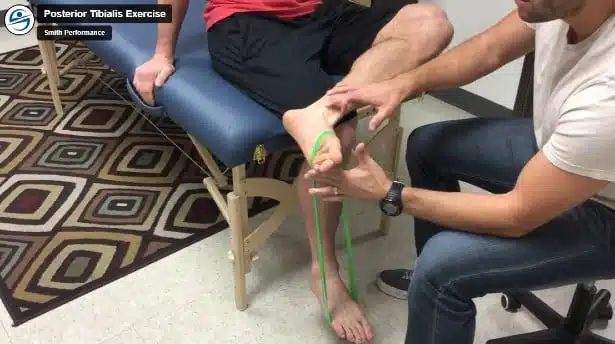
Optimizing Your Strength Training: The Role of Open Clinics at Smith Performance Center
At Smith Performance Center (SPC), our primary aim is to facilitate a healthy and active lifestyle for all our members. One of the tools we employ to overcome potential barriers to consistent exercise is the utilization of open clinics, which play a crucial role in addressing pain and injuries. An open clinic session lasts for 15 minutes and serves four primary purposes: The genesis of the open clinic concept dates back to January 2018 at Smith Performance Center. Initially conceived as a space for members to report new injuries, discomfort, or movement issues, these sessions soon became integral to our strength training approach. On the first weekend, our physical therapist triaged six people. Now after five thousand sessions, we recognize their significance in supporting a healthy lifestyle. Why do open clinics matter? Injury prevention, often a cornerstone in healthcare and fitness, presents challenges. Being active inherently involves a degree of



